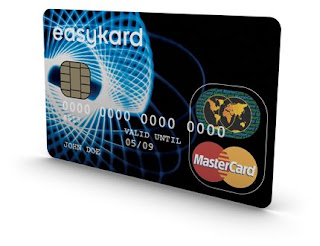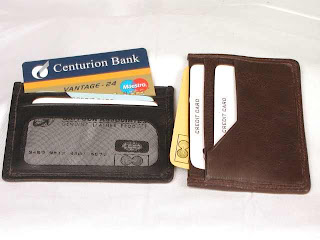
Whether you have a credit card or you are thinking of getting one, what ever is the type of credit card, there is a simple credit card jargon that you must be aware of.
Credit Cards: This is a card issued by a financial institution that allows the cardholder to use credit to purchase goods and services up to a predetermined limit. The cardholder gets a monthly statement and then he/she has to pay back. There is an interest on the amount credited.
Credit Limit: This is the maximum amount you are allowed to spend on the credit card. How much credit limit you get depends on you credit history and the type of credit card you own (gold or Platinum Cards).
Credit History or Credit Scoring: This is your track record of how you have paid accounts in the past. It is important from the creditor's point of view since it determines whether you are likely to pay accounts on time in the future or not.
Gold and Platinum Cards: These are credit cards issued to high-end earners. These have high or no credit limit. They come bundled with a number of services and benefits not available to a standard cardholder.
Annual Percentage Rate (APR): It is the annual interest rate or percentage you pay on the outstanding balance of credit as an interest or fee. It is also called annual interest rate.
Annual Fees: Annual fees is basically a maintenance fee that the credit card issuers charge from the cardholders annually against the costs incurred in maintaining accounts and providing services.
Introductory Period: Credit card market is highly competitive in UK so a number of credit card companies offer a low rate of interest on outstanding balances on your account for an initial period. This initial period is called introductory period, which can last for 6 to 12 months depending on the offer.
Balance Transfers: This is another term that has emerged out of the credit card market competition in UK. Say if you have an outstanding balance in your account on which you are paying interest but you find another market offer that makes your pocket breath easy then you can transfer your outstanding balance to a new account by paying certain percentage of balance transfer. Some credit card companies offer balance transfer as low as 0% in introductory period.
Reward Program: It is a point-accumulating program based on purchases or transactions made on your card. You can redeem your reward point against cash back, discounts or free air miles according to the program you enroll for.
PIN (Personal Identification Number): It is the secret code chosen by you for your card. You can access your money and perform banking transactions through the ATM or make purchases without signing a sales receipt at merchants that have PIN pads, using this code. Don't share your PIN with anyone.











